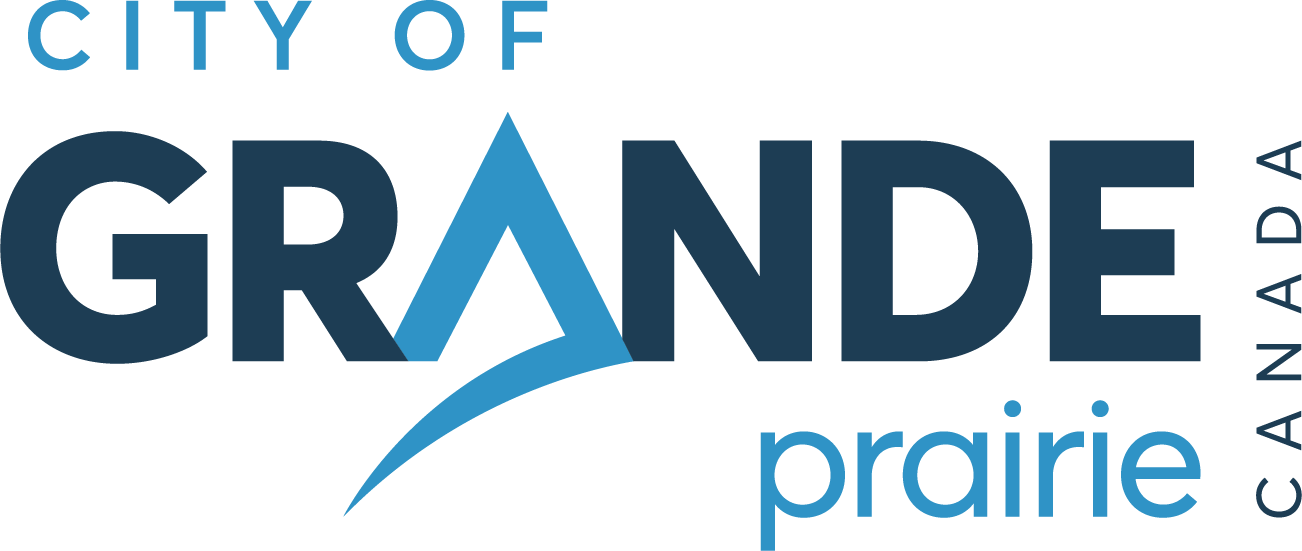Drainage
Drainage is the natural or artificial removal of surface and sub-surface water from an area.
Visit our lot grading page for drainage information on private properties.
Separate Drainage Systems
There are two primary systems for drainage that work separately:
Watershed
A watershed is also referred to as a drainage basin. It is an area of land where surface water from rain and melting snow converges to a single point, usually the exit of the basin, where the waters join another water body, such as a river, lake, reservoir, wetland, sea, or ocean.
Grande Prairie is inside of many watersheds. From the smallest to the largest area:
Stormwater
Stormwater is water from precipitation (rain, snowmelt, etc..) that accumulates on the surface. As it flows, it collects and transports pollutants (soil, pet waste, salt, pesticides, fertilizer, oil and grease, leaves, litter, etc..). Stormwater is part of the water cycle.
A portion of the stormwater gets absorbed into the soil, which is called infiltration. The excess water that flows across a surface is called runoff. Impermeable surfaces (roofs, concrete, pavement, etc..) do not allow water to infiltrate into the soil and contribute to the amount of runoff.

Stormwater Best Management Practices
Best Management Practices (BMPs) are used by engineers, designers and the municipality as due diligence. These are the 'industry standards' and are used to ensure compliance with legislation.
Stormwater Monitoring Sensor Network
The City of Grande Prairie has a stormwater monitoring sensor network, consisting of 14 sensors, that monitors rainfall data, water levels, and water flow throughout the city. These 14 sensors include:
- Five rain gauges located throughout the city
- Four river level monitoring sensors located along Bear River
- Five storm sewer flow monitoring sensors located throughout the city
Stormwater Ponds
Stormwater ponds are areas that temporarily collect stormwater runoff and release it at a controlled rate. The ponds improve the quality of the runoff by allowing the suspended solids to settle. There are three basic pond types:
